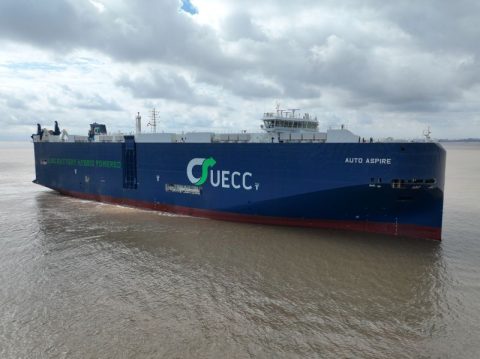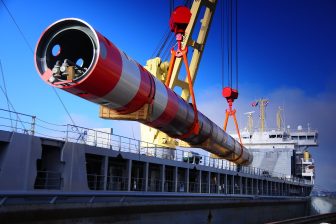
UECC receives third and final vessel in series of newbuild PCTC
UECC's Auto Aspire UECC
United European Car Carrier’s (UECC)’s Auto Aspire is the last in a series of three newbuild multi-fuel LNG battery hybrid pure car and truck carriers (PCTC)’s.
Want to read more?
You have read all of your free premium articles for this month. Please become a subscriber to keep reading.
Subscribe now!
Take advantage of our exclusive offer to get full access to all premium content.





